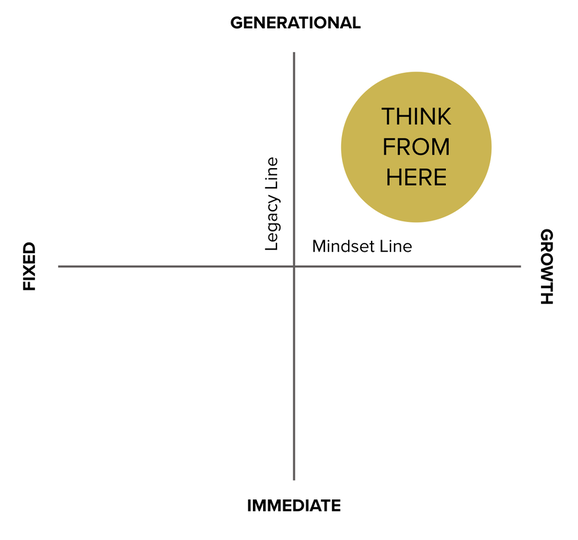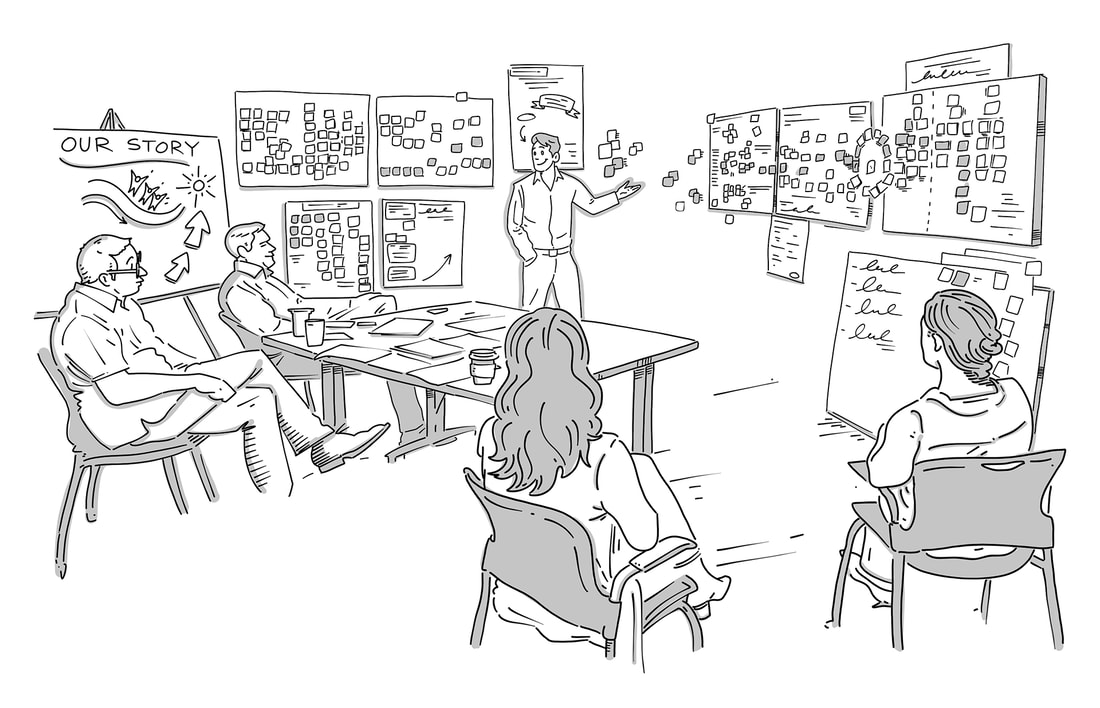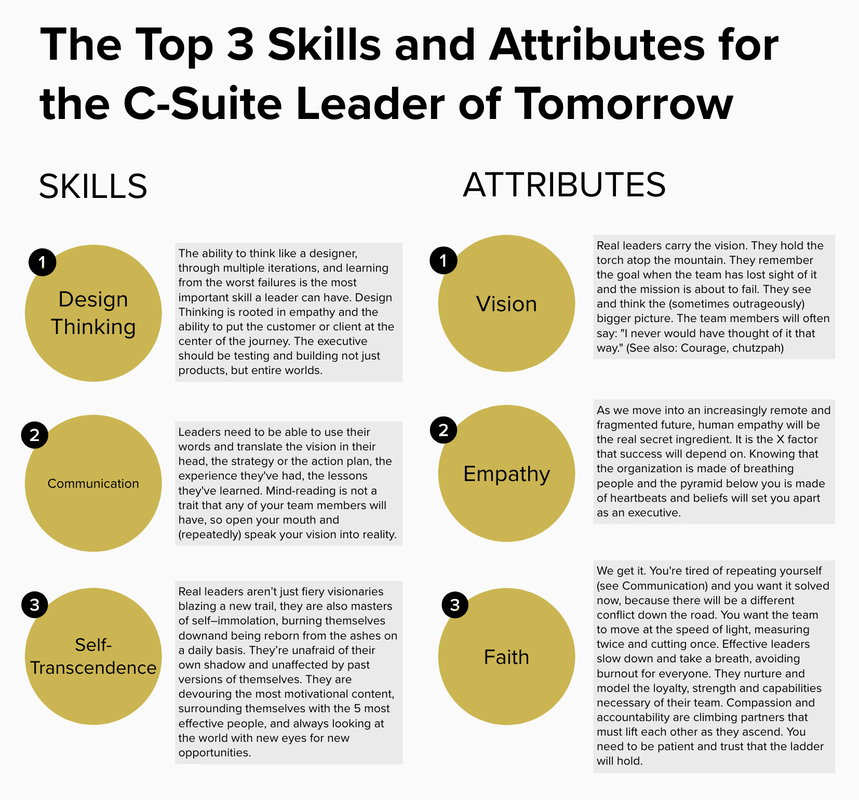|
According to the Wall Street Journal, WeWork CEO Sandeep Mathrani recently said that remote workers are less-than-engaged with the companies they work for. Mathrani’s conflict of interest here is staggering as his business model clearly depends on people leaving their homes. Then, Morgan Chase & Co.'s Jamie Dimon said remote work doesn’t work well “for those who want to hustle.” This contradicts a recent SHRM article which stated that:
You cannot tell me that remote workers don't have "hustle" or that they aren't committed. As I see it, there are only two downsides to an all-remote team. The first is losing physical touch and biofeedback loops created by being in the presence of others. The second is losing the opportunity for leadership's shitty ideas to go sour around the water cooler. Having that side conversation in the hallway or throwing some over-the-cubicle shade can be a necessary ingredient to determine viability and feasibility or to create stable bonds in the culture. CEOs leading in remote environments risk fabricating grim fairy tales of how work is going unless they are surrounded by the inputs and outputs of the team. I've seen CEOs make confident and horrible decisions despite the cost to culture and strategy. I've seen leaders get caught up in their own bubble and believe their own bullshit because no one would push back. I've seen entrepreneurs endlessly chase new and novel ideas, calling it "innovation." I've seen too many bosses mistake faith, loyalty or acquiescence for buy-in. Real alignment – real wisdom – is a matrix of legacy, mindset, certainty and inclusion. This is the mythical Zone of Genius. If you aren't leading from this place, you may very well destroy what you're building. The Leadership Line (Uncertainty → Certainty) Certainty in this case does not mean your personal confidence or optimism about your vision or the business’s prospects. On the flip side, I'm not talking about uncertainty in terms of futures, foresight or plausibility. I’m not saying that you should claim to know things you don’t. I'm talking about organizational uncertainty -- a lack of vision or transparency, poor communication, no line of sight into or across divisions, low team morale/confidence, lack of alignment around (or commitment to) OKRs, etc. Uncertainty in this sense is deeply felt and unmistakable. It makes the business (and those inside it) feel like they are floating on a loosely-bound raft, sure to drown at any moment. Leading with certainty lowers resistance to change because everyone has enough information, there is transparency in the planning and they are confident that you’re the leader that will take them there. The Culture Line (Exclusion → Inclusion) On one end of the culture line, team members are excluded, left out of rooms or conversations they feel are important, and kept in silos. An inclusive culture convenes the right voices around the table, puts the right people in the right seats, creates openness and psychological safety, and facilitates meaningful and productive dialogue among team members. An inclusive culture might look diverse or include different opinions or communication styles, but it always respects the individual and treats conflict as an opportunity for growth. The Mindset Line (Fixed → Growth)
In her 2008 book, Mindset, Carol Dweck wrote that people with a fixed mindset avoid challenges, give up easily, see effort as fruitless, ignore feedback and are threatened by the success of others. Those with a growth mindset embrace challenges, persist in the face of obstacles, see effort as the path to mastery, learn from criticism and find inspiration in others’ success. Great leaders view themselves and others with a growth mindset. An individual’s mindset varies wildly depending on what their mind is fixed upon. Being able to spot a fixed mindset is the key to loosening it up and allowing for growth. Notice when your beliefs are telling you that something or someone is “impossible.” Possibilities emerge when you quickly reframe negativity. The Legacy Line (Immediate → Generational) This line indicates the depth or complexity of your decision-making. On one end, we find immediate and short-term benefits to yourself, your reputation, or business. These are quick wins that yield small- to medium-sized returns. On the other end, we see decisions that take into consideration and may benefit the seventh generation and beyond. These decisions might be described as visionary, ethical, sustainable, or having a “long tail.” These require patience and deliver longer-term results, sometimes even beyond the lifespan of the founder.
0 Comments
SKILLS 1. Design Thinking Design Thinking is just another word for the creative process. The ability to think like a designer, through multiple iterations, and learning from the worst failures is the most important skill a leader can have. Design Thinking is rooted in empathy and the ability to put the customer or client at the center of the journey. The executive should be testing and building not just products, but entire worlds. 2. Communication Leaders need to be able to use their words and translate the vision in their head, the strategy or the action plan, the experience they've had, the lessons they've learned. Mind-reading is not a trait that any of your team members will have, so open your mouth and (repeatedly) speak your vision into reality. 3. Self-Transcendence Real leaders aren’t just fiery visionaries blazing a new trail, they are also masters of self–immolation, burning themselves down and being reborn from the ashes on a daily basis. They’re unafraid of their own shadow and unaffected by past versions of themselves. They are devouring the most motivational content, surrounding themselves with the 5 most effective people, and always looking at the world with new eyes for new opportunities. ATTRIBUTES
1. Vision Real leaders carry the vision. They hold the torch atop the mountain. They remember the goal when the team has lost sight of it and the mission is about to fail. They see and think the (sometimes outrageously) bigger picture. The team members will often say: "I never would have thought of it that way." (See also: courage or chutzpah) 2. Empathy As we move into an increasingly remote and fragmented future, human empathy will be the real secret ingredient. It is the X factor that success will depend on. Knowing that the organization is made of breathing people and the pyramid below you is made of heartbeats and beliefs will set you apart as an executive. 3. Faith We get it. You're tired of repeating yourself (see Communication above) and you want it solved now because there will be a different conflict down the road. You want the team to move at the speed of light, measuring twice and cutting once. Effective leaders slow down and take a breath, avoiding burnout for everyone. They nurture and model the loyalty, strength and capabilities necessary of their team. Compassion and accountability are climbing partners that must lift each other as they ascend. You need to be patient and trust that the ladder will hold. |
Details
ABOUT THE AuthorJoran Slane Oppelt is an international speaker, author and consultant with certifications in coaching, storytelling, design thinking and virtual facilitation. Archives
March 2024
Categories
All
|






 RSS Feed
RSS Feed